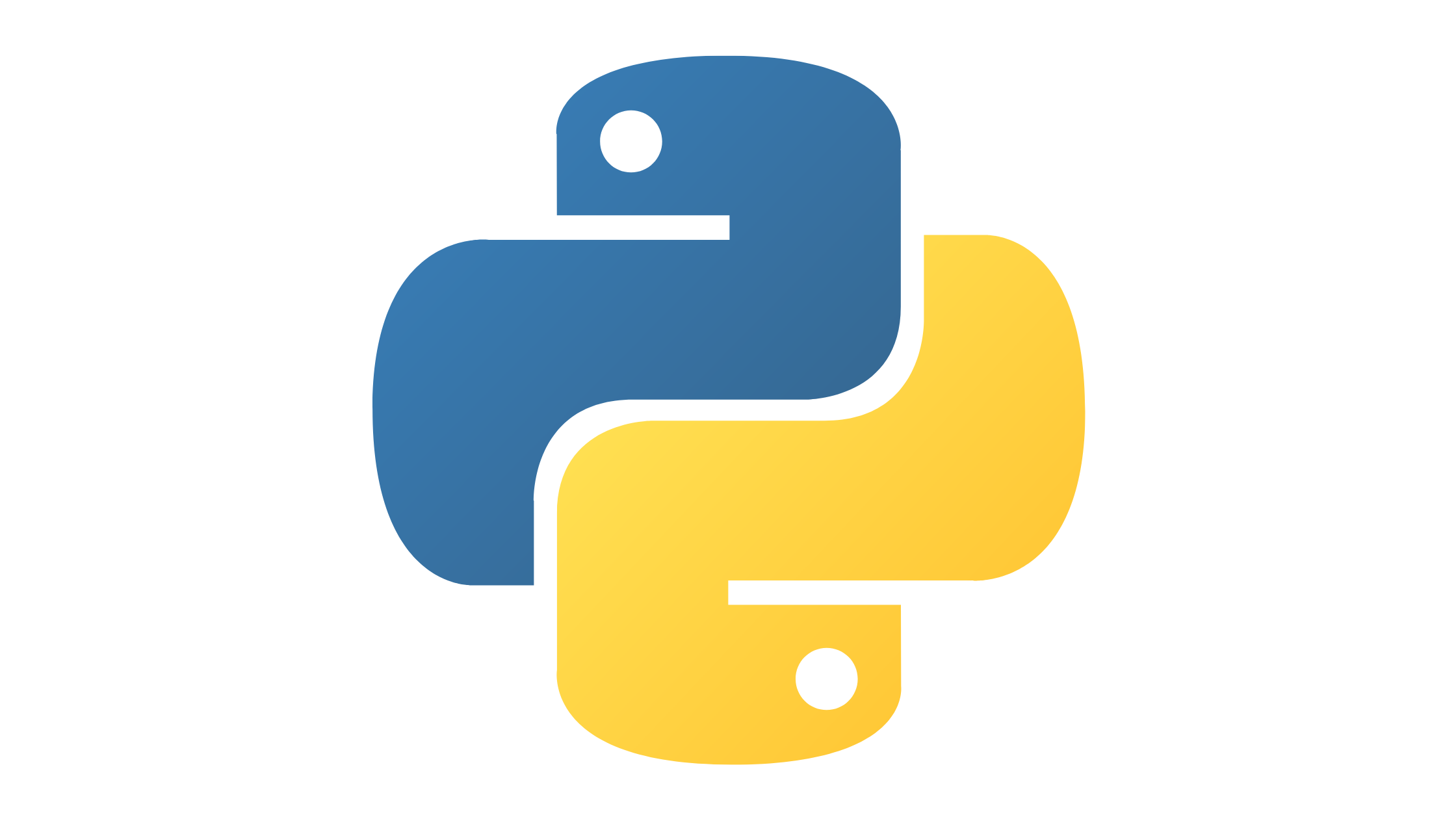Children should be coding for many reasons. It can help children develop logic and problem solving skills; teach kids how to collaborate, build perseverance and resilience when trying to solve difficult tasks; and inspire creativity. Furthermore, coding is a useful skill that is increasingly necessary in our technology-based society. It’s a way to open up future career possibilities and to spark an interest in various STEM fields.
What are 4 types of coding kids can learn?
1. Text-Based Programming – This type of coding involves creating commands and algorithms using a text editor. Popular languages in this category include: Python, C, and Java.
Python is a popular and powerful open source text-based programming language. Developed by Guido van Rossum, Python was created as an easier-to-learn and more efficient alternative to other coding languages. Originally released in 1991, Python has since become a favorite language among experienced coders and newcomers alike, thanks to its versatility, readability, and object-oriented designs.
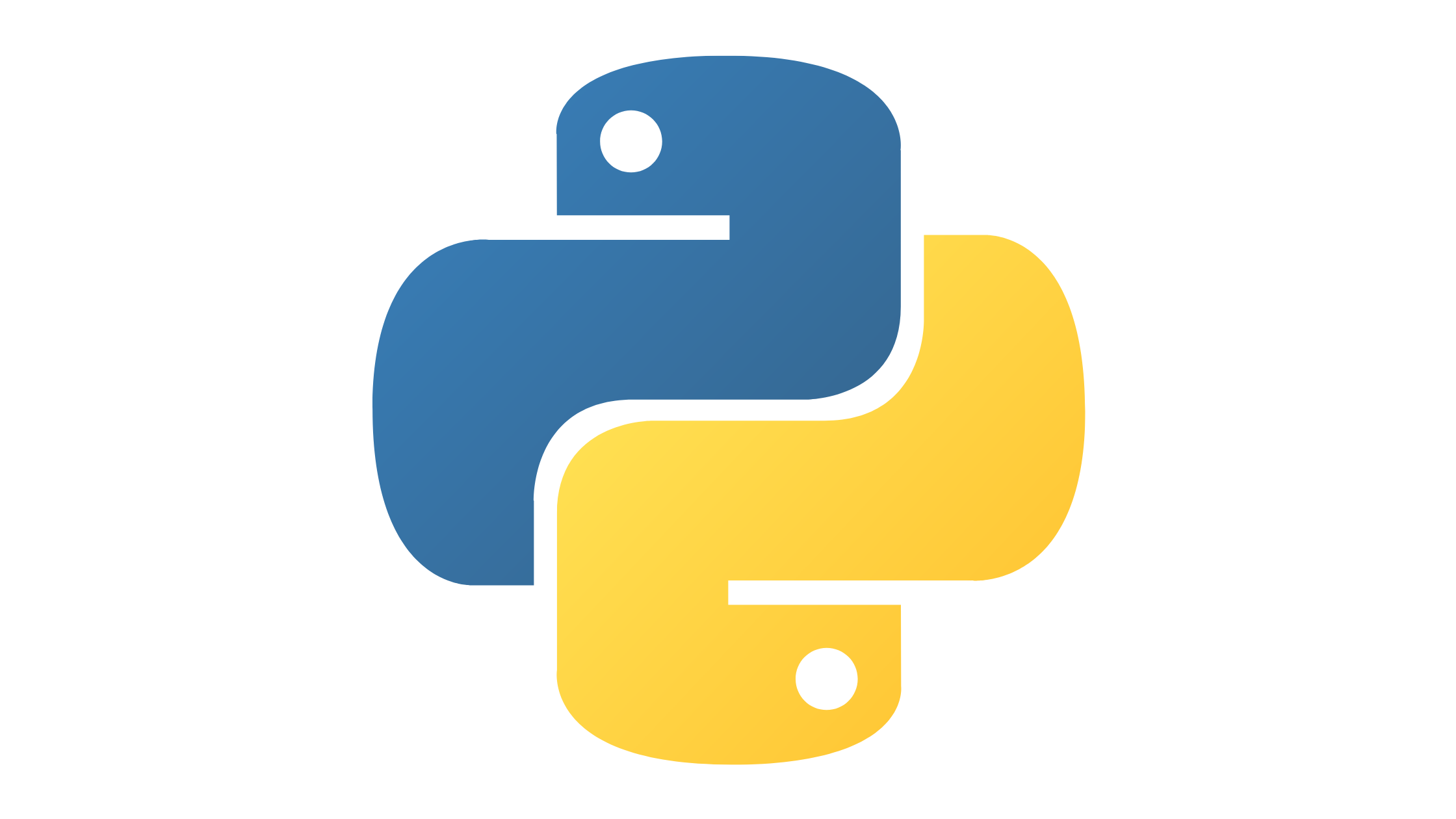
Python syntax is simple and straightforward, making it easy to learn and understand. As a result, a number of popular web frameworks have been built with Python, including Django, Flask, and Pyramid. Additionally, Python provides scripts and tools for development teams and sys admins, such as Fabric and Ansible. Along with a robust set of scientific libraries, such as NumPy and SciPy, Python is also used for data science and machine learning. Furthermore, Python boasts enterprise-level applications with frameworks like Odoo, ERPal and Simple ERP.
Because of its many uses and applications, Python has become an essential part of many development teams. From web and mobile application development to data science and general scripting tasks, Python is an essential tool for modern developers.
2. Object-Oriented Programming (OOP) – This type of coding encourages the idea of creating individual ‘objects’, which have their own set of attributes and behavior. Popular languages in this category include: C++, C#, and JavaScript.
Object-oriented programming (OOP) is a programming paradigm that uses objects and their interactions to design applications and computer programs. In contrast to procedural programming, OOP focuses on the data itself, what operations can be performed on the data, and how to structure the data within the program. This approach represents a significant shift in thinking, as it introduces the concept of objects and classes that can be used to model real-world entities. In C++, OOP enables programmer to create objects from class templates and use these objects in their code.

Objects are encapsulations of data, which can be manipulated by the methods of the class in order to change its state. All objects created from a given class will have the same properties, but can have slightly different values for those properties. Objects can also inherit data and behavior from other classes, which allows for more flexibility and code reuse.
In C++, objects can be used in a variety of contexts. Classes in C++ provide a way to group together data and functions (methods) that manipulate that data. This allows the programmer to logically organize their code and provide a direct way of accessing the data they need. Objects can also be used to simplify complex tasks. By using objects to represent different entities in the system, the programmer can then manipulate them in a structured manner, making their code much simpler and more efficient.
3. Web-Based or Scripting Languages – This type of coding allows developers to create interactive websites by writing small snippets of code (scripts) to execute certain tasks or behaviors. Popular languages in this category include: HTML/CSS, PHP, and Ruby.
HTML (HyperText Markup Language) is a web-based language used to create and structure web pages and applications. It is the foundation of virtually all websites. HTML is a non-crippling language, which means it does not limit or restrict the user's ability to create or view the content. HTML is most commonly used with the styling language CSS (Cascading Style Sheets) and the scripting language JavaScript, which together allow for the creation of highly interactive websites and applications. HTML is not a programming language, but it does provide a structure that allows information to be presented in a user-friendly, visually appealing way. It is relatively straightforward to learn and is used by virtually all web developers and designers.
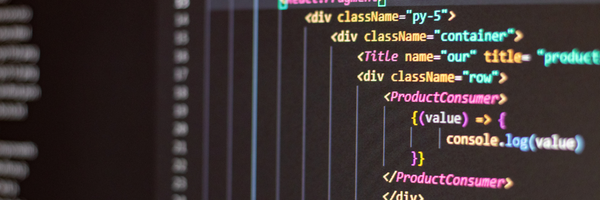
4. App Programming (Mobile or Games) – This type of coding focuses on creating mobile applications, games, or computer programs. Popular languages in this category include: Java, C#, JavaScript, and Swift.
App programming for mobile and games can involve a range of different technologies and techniques. Depending on the platform or device, you may choose to work with one of the many mobile operating systems, such as Android or iOS. You will need to understand the various software development kits (SDKs) available for each platform as well as how to use the tools provided for mobile app development.
In addition to the programming language(s) being used, it is very important to understand the design principles and user experience considerations when developing a mobile app or game. You should be familiar with user interface development, design principles, and optimization techniques to ensure the best user experience. You may also need to understand the basics of animation and graphics programming to create more immersive experiences.
Finally, regardless of the platform, you will likely need to understand marketing and analytics techniques to ensure that your app or game is successful. Knowing how to monetize your app and track usage are important components of successful mobile app development.
What are the different types of coding languages?
1. Java
2. Python
3. JavaScript
4. HTML/CSS
5. C/C++
6. PHP
7. SQL
8. Ruby
9. Swift
10. Go
11. Rust
12. Assembly
13. Visual Basic
14. Objective-C
15. MATLAB
16. R
17. Scala
18. Dart
19. Kotlin
20. Perl
What is JavaScript?
JavaScript is a cross-platform, object-oriented scripting language used to make webpages interactive. It is used to create dynamic webpages that respond to user actions such as mouse clicks and keystrokes. JavaScript can also be used to create games, interact with web servers and databases, and communicate with external web services.
Is Javascript different than Java?
Java is a high-level programming language developed by Sun Microsystems. It is a class-based, object-oriented language that is designed to have as few implementation dependencies as possible. Java can be used to create applications that run on a single computer, or it can be used to create distributed web applications. Java code can interact with code written in other languages.
What is PHP?
PHP is an open source scripting language that is used to create dynamic websites and applications. It is largely used as a server-side language to create dynamic webpages by manipulating data in databases and generating HTML/CSS/Javascript code to be displayed on the web page. It is also used for creating complex application logic, protocols and APIs.
What is SQL?
SQL, or Structured Query Language, is a special-purpose programming language used for managing data in relational databases. It can be used to create, update, delete, and query data in a database. SQL statements are used to perform specific tasks with data within a database.
Is Coding Very Difficult For Kids To Learn?
Coding can be difficult for kids to learn, depending on the individual and their familiarity with the concepts involved. It is best to start early in order to build a strong foundation and an understanding of the language and its application. But with the right resources and teaching styles, coding can be a fun and rewarding experience for kids.
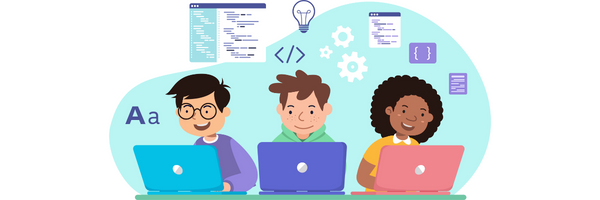
Does Coding Pay Well As A Career?
Yes, coding can pay very well. According to the Bureau of Labor Statistics, the median annual wage for computer and information technology occupations was $88,240 in May of 2019. The top 10 percent earned more than $149,000 annually.
What is the easiest coding language to learn for a child?
The easiest coding language to learn for a child is Scratch. Scratch is a visual programming language that is designed specifically for kids. By using drag-and-drop blocks, kids can easily create cartoons, stories, games, and more. It’s a great tool for children wanting to explore the world of coding.
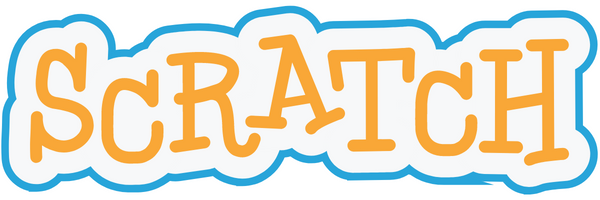
SCRATCH coding is a visual programming language created by the Lifelong Kindergarten group at the Massachusetts Institute of Technology (MIT). It is primarily aimed at students aged 8-16. With SCRATCH coding, students can learn how to design games, stories, animations, and more. They can even share their creations with others online. SCRATCH coding encourages students to think creatively, work collaboratively, and use problem-solving skills. It is fun, easy to learn, and students can use it to accomplish meaningful goals.
What is Ruby?
Ruby is a general-purpose, object-oriented programming language. It is popular for web development and is known for its emphasis on simplicity and readability. Ruby's syntax is designed to be easily understood and allows developers to write code in fewer lines of code than other programming languages. It can be used to develop web applications, desktop applications, and even servers. Some popular web frameworks written in Ruby are Ruby on Rails, Sinatra, and Padrino.
What is Swift?
Swift is a programming language created by Apple Inc. It is a powerful and intuitive programming language for macOS, iOS, watchOS, tvOS and beyond. Created to be modern and easy to use, Swift is powerful enough for professional developers, yet approachable by beginners. The syntax is concise yet expressive, and its open source nature encourages active community involvement with frequent contributions from experts around the world.

Coding for kids is an invaluable skill to have in the modern economy. It provides the basis for developing more creative solutions to the world’s problems. Coding can also provide kids with the tools they need to conceptualize and implement game-changing technology. With the right resources and guidance, coding can give children the opportunity to explore their own creativity, develop problem-solving skills, and become empowered to take on future challenges. Coding for kids can give children the chance to become the engineers and innovators of the future.
Empowering Young Coders: What Young Gates Academy Offers
Young Gates Academy is a leading online coding school that empowers children and teens to thrive in the digital age. Through their engaging live online classes and summer camps, they equip students with essential coding skills and foster a passion for technology.
Young Gates Academy's comprehensive curriculum covers various programming languages, including Python, Java, Scratch, and more. Students learn to build websites, develop apps, and explore robotics, gaining valuable experience in problem-solving, critical thinking, and creativity. Their experienced instructors provide personalized guidance and support, ensuring that each student reaches their full potential.
To learn more about Young Gates Academy's exciting summer camp opportunities and how they can prepare your child for success in the American Computer Science League (ACSL), visit their blog post: Coding Summer Camp for Kids: Young Gates Academy Preps for ACSL

